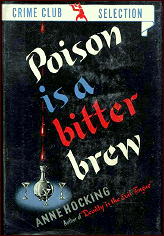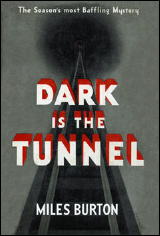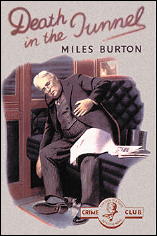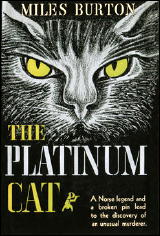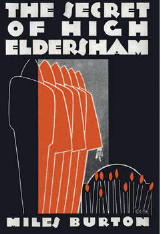Fri 29 Sep 2017
Stories I’m Reading: DAVID CHRISTIE MURRAY “The Case of Muelvos Y Sagra.”
Posted by Steve under Stories I'm Reading1 Comment
DAVID CHRISTIE MURRAY “The Case of Muelvos Y Sagra.” Collected in The Investigations of John Pym (White, UK, hardcover, 1895). Previously published in the newspaper Star, issue 5014, 28 July 1894, available online here. Also reprinted online here from a bound volume of the magazine The Woman at Home (1894).
I believe (but am not sure) that all six of the stories in the hardcover collection The Investigations of John Pym were published first in the British magazine The Woman at Home. “The Case of Muelvos Y Sagra,” is the first of them, and the first few pages are devoted to describing John Pym as a man who loves to learn everything about everything but who never manages to put it to practical use.
Until, that is, he finds that all of his accumulated knowledge can be used to solve crimes that stump the minds — and imaginations — of more ordinary men. Narrating this tale is his good friend Ned Venables, a journalist who lives in the same house on the floor above. Ill is a young child whose strange symptoms come and go, and his doctor fears that the next attack will mean his death. A most relevant fact is that if he were to die, the estate the boy is an heir to will go to a man named Josef Muelvos y Sagra, a scoundrel if ever there was one.
You may go read the story if you like and come back — it is quite short — but if you were to ask me, Mr Conan Doyle, if he were aware of this story might have a good case of copyright infringement worth pursuing. The tale is very reminiscent, shall we say, of “The Adventure of the Speckled Band,” which appeared in The Strand Magazine only two years before. Perhaps it is a homage to be this reminiscent, but I don’t think so.
